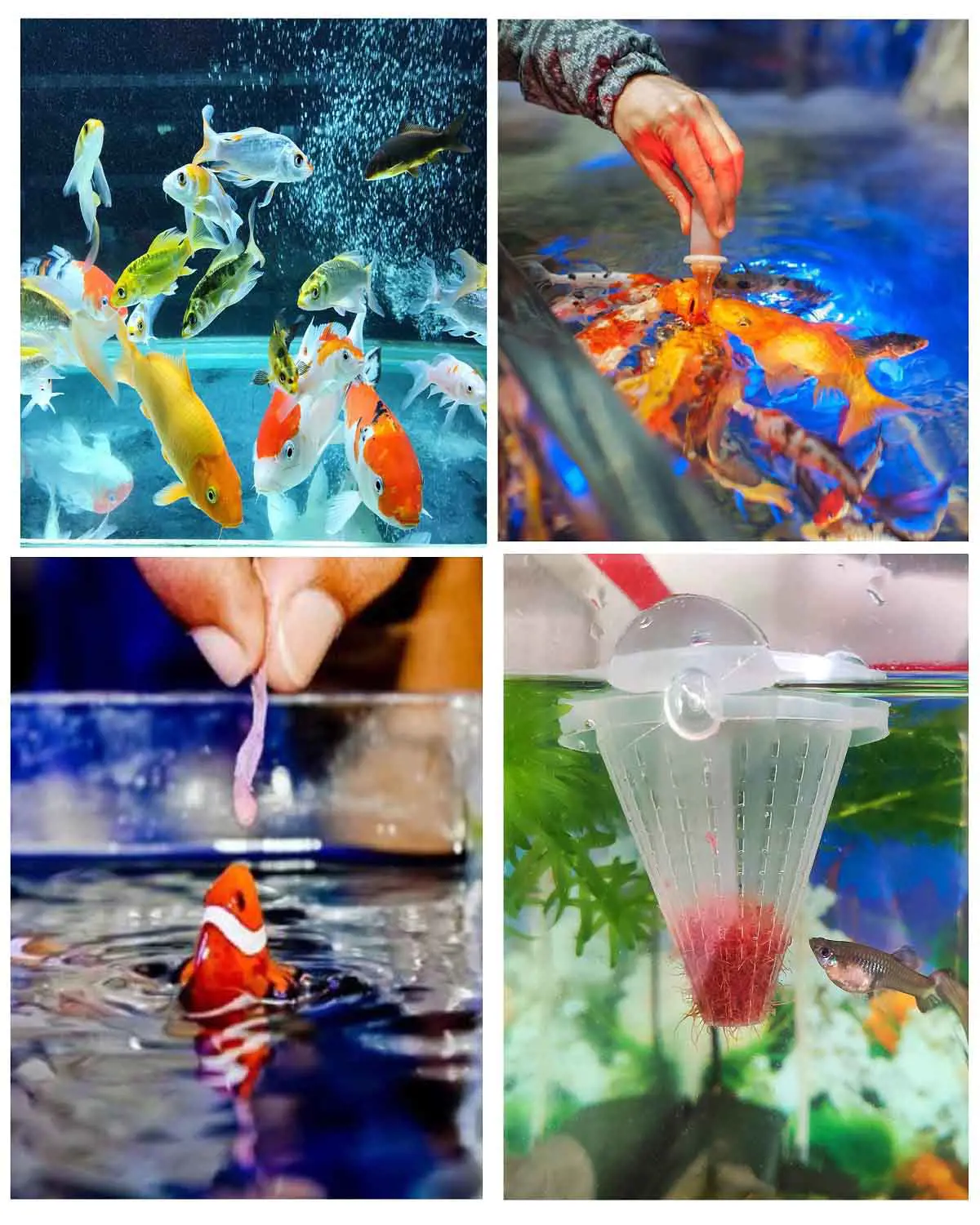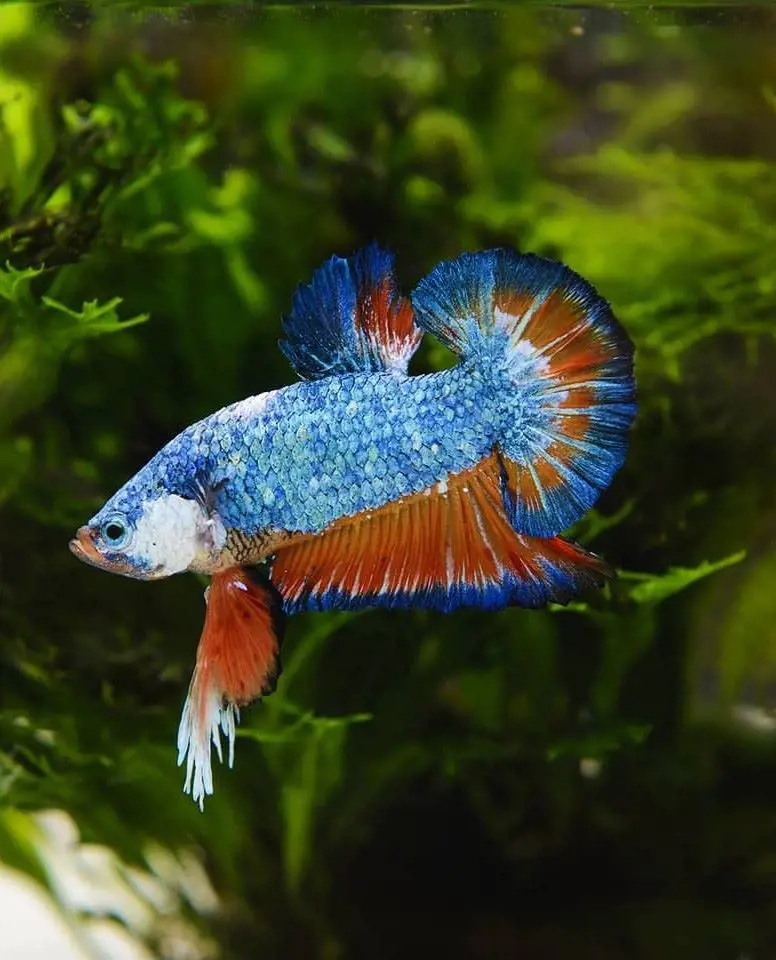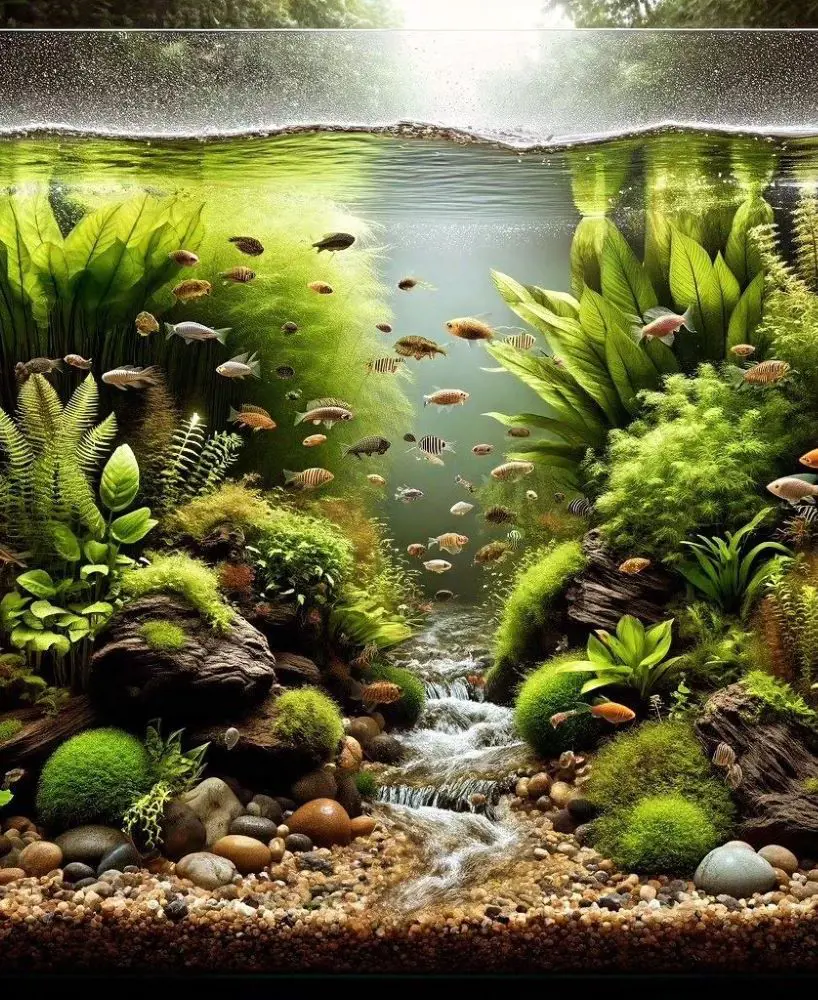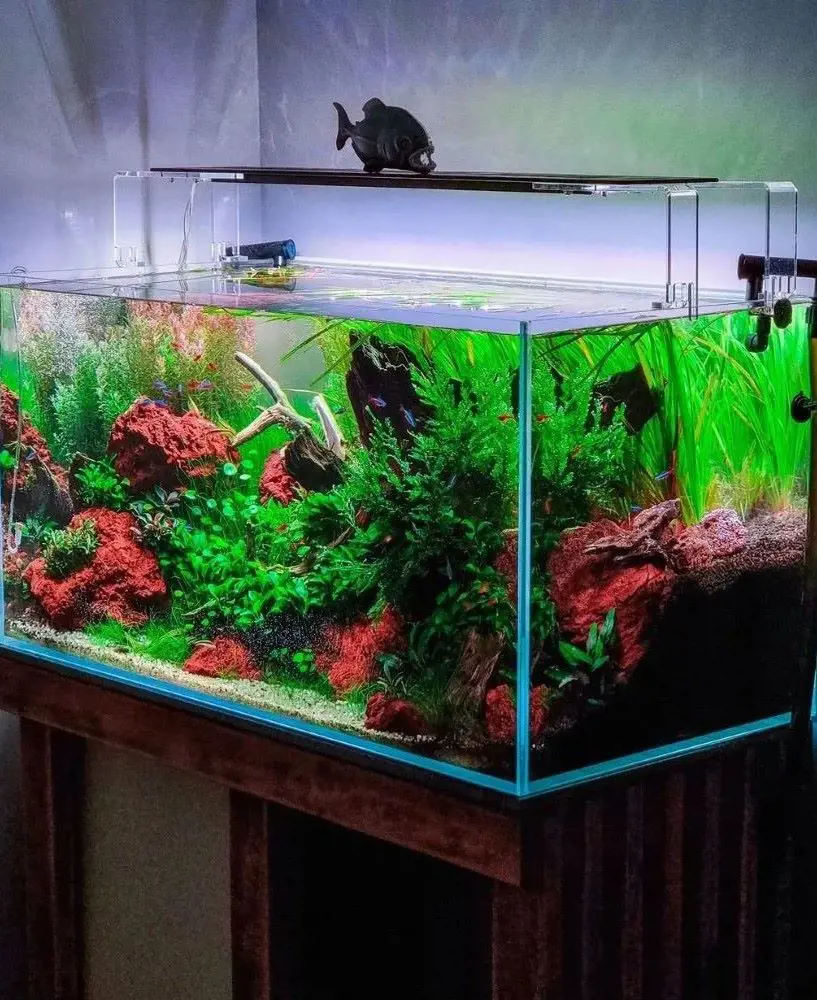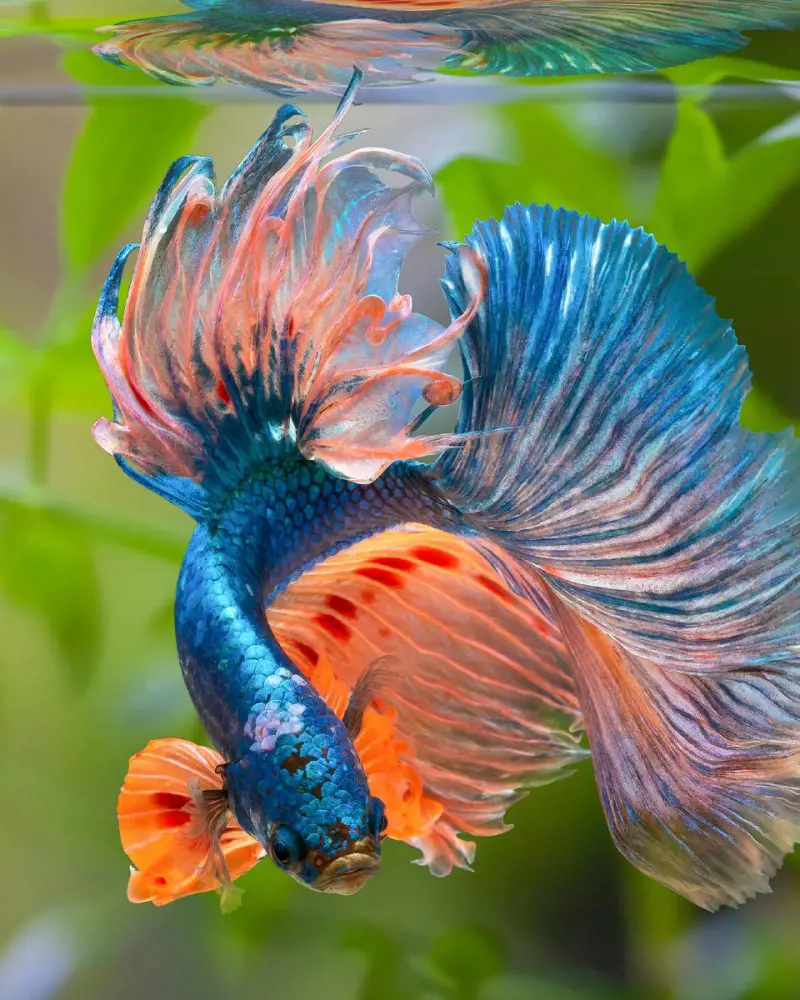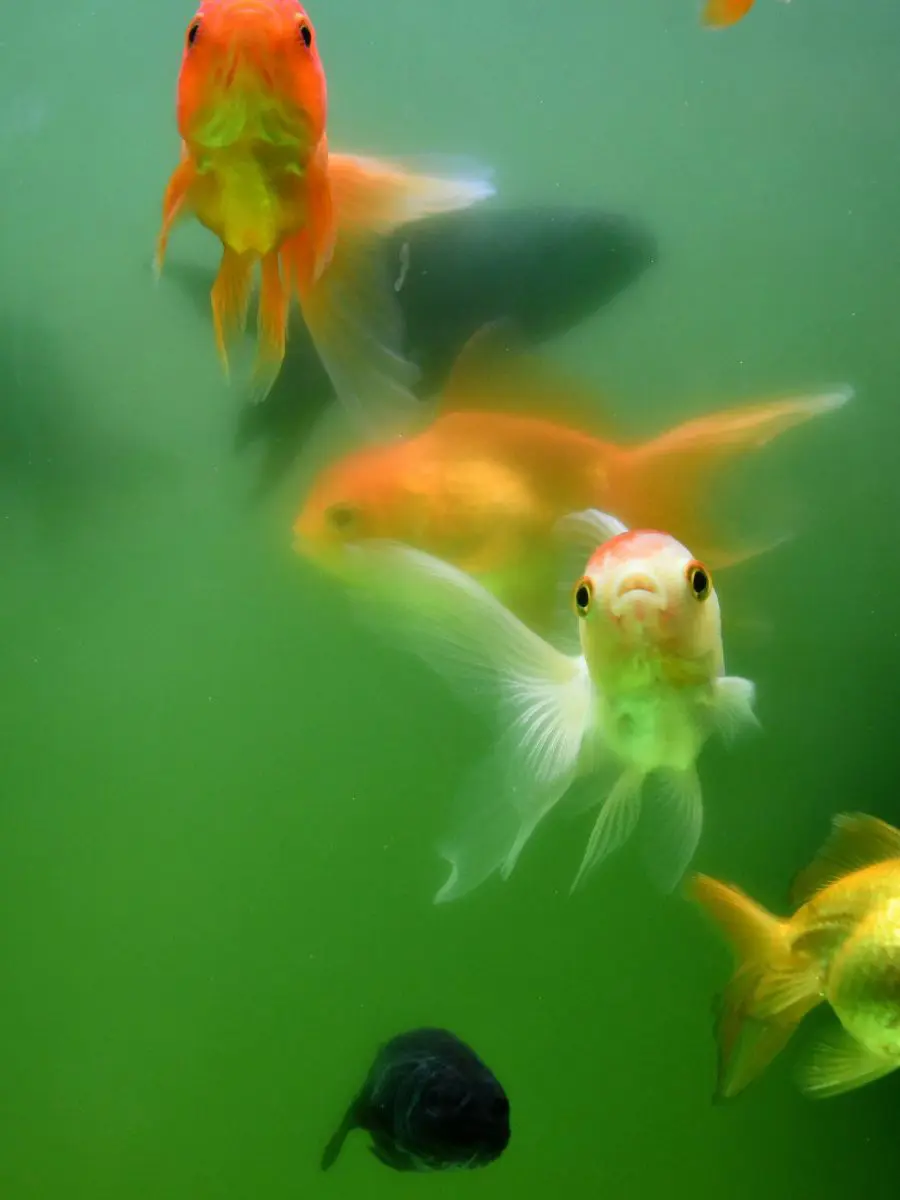Rope Fish Care Guide And Tank Mates
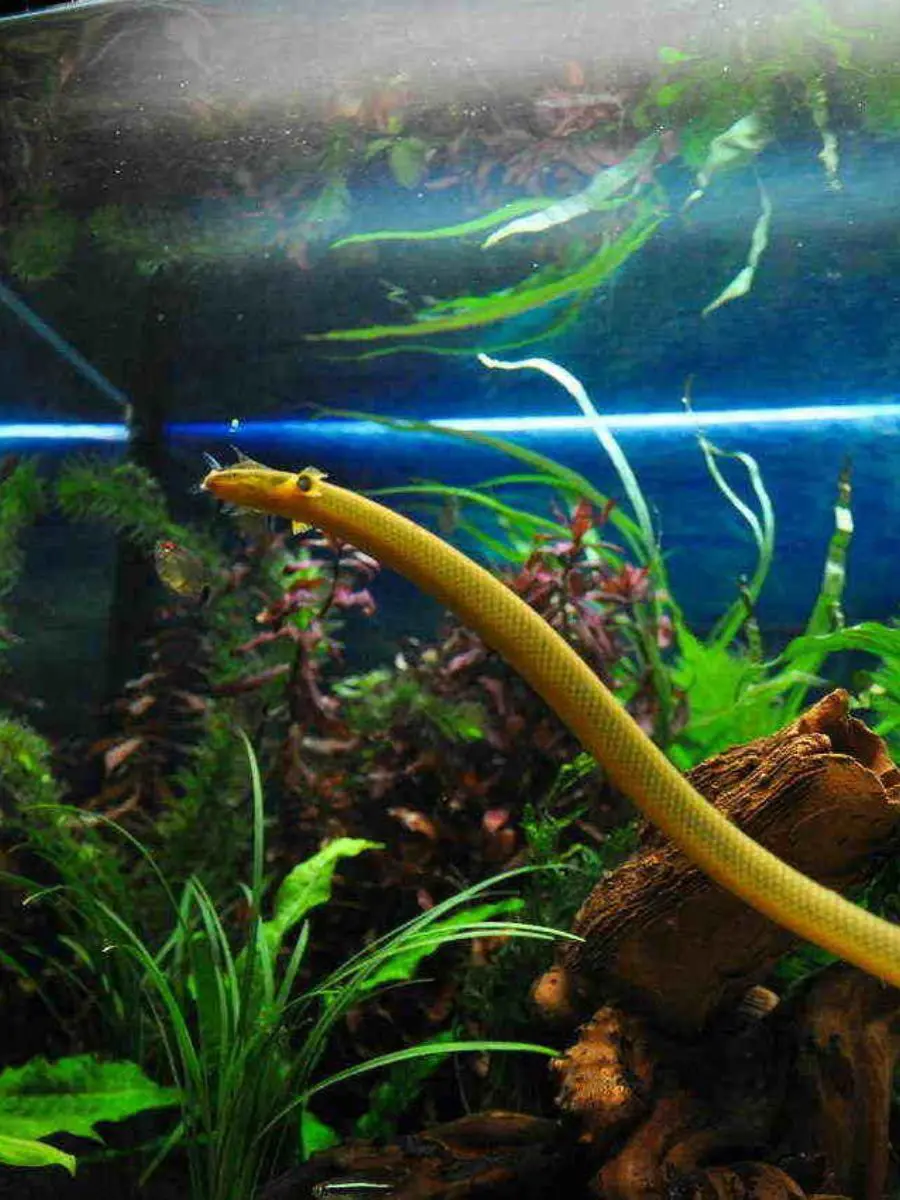
Rope Fish is an interesting fish that certainly has a primitive appearance. It is the snakey shape and ancient pedigree that make the rope fish a very rare freshwater species that easily captures many aquarists.
The type originally hails from the languidly flowing rivers and marshes of West and Central Africa. It is an eel-like fish, pretty long in body and fully covered with scales, with an extraordinary dorsal fin running along its back.
Ensuring A Balanced Diet
These predatory fish prefer to eat live or frozen prey like small fish, brine shrimp, and bloodworms. When fed varied food similar to their natural feeding habits, they are much healthier and have a higher energy level.
Add some premium pellets or sinking carnivore pills to include certain nutrients not contained in live foods. Feed them in the evening or at night, as they are nocturnal feeders. Avoiding overfeeding is also important to ensure that it does not degrade the quality of the water and then cause sickness.
With a balanced diet and monitoring the frequency of feeding, you can ensure healthy rope fish rearing and their performance in an aquatic environment. Your rope fish's health and well-being depend on you feeding them a balanced diet.
Idea Rope Fish Tank Setup
Knowing the rope fish's natural behavior and habitat will greatly help in designing an ideal environment to give it good health and a long life in captivity.
Originating from West and Central Africa, the rope fish inhabits slow-moving rivers and marshes. It can easily be seen thriving in murky and highly vegetated waters. In fact, if such kind of conditions can be simulated for your rope fish inside an aquarium at home, it will feel more secure. Hence, it becomes easy to bring on natural activities, like foraging and exploring.
Tank Size
Rope fish require a tank that is at least 55 gallons in size because they are energetic fish that may reach a maximum length of 15 inches. It is best to have a larger tank because it gives them more room to explore.
Substrate
The rope fish would much appreciate a soft, sandy substrate, having become habituated to the muddy riverbeds of their native environment. They are able to burrow and explore without hurting their skin in such substrate, soft on their skin. One should, at all costs, avoid jagged stones, as this may hurt and stress such delicate fish.
Plants and Decorations
Add plenty of live plants, driftwood, and gravel. This will simulate their thick undergrowth natural habitat and offer places to hide. Since they are nocturnal, rope fish like tanks with plenty of cover and low lighting.
Filtration and Water Conditions
These rope fish are famous escapologists and can come out of even the smallest openings, so a tank with a tight-fitting lid is called for. If, while looking for a cover, the rope fish just slide out, it is highly recommended that a tight-fitting tank top with no gaps or holes be maintained to cover them in their own tank.
Tank Lid
The rope fish are good escape artists and can squeeze through very small openings, so they really need a tight lid on the tank. Their necessity is a really secure and tight-fitted cover. It creates a tight fit that won't let them slip under the opening in the lid whenever they have explored. Inside their tank with a tight-fitting lid, it's possible that they are protected and don't let them get out.
Behavior Of Rope Fish
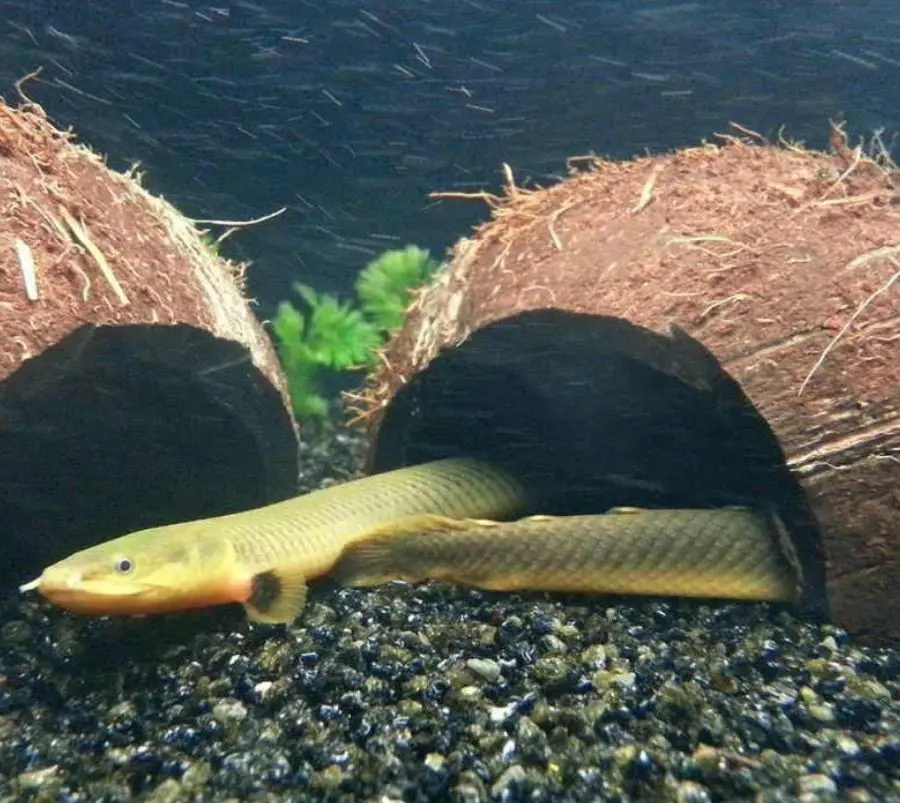
Rope fish are nocturnal in nature and are more active in the evening and during the night. They hide in a natural environment amid plants, roots, and other underwater vegetation most of the time except during hunting times. These rope fish are suitable for a community tank because they are quite calm and often get along with other non-aggressive tank mates.
Being curious by nature, rope fish inspect their surroundings and swim in and out between decorations and plants with snake-like bodies. They can also breathe atmospheric air, allowing them to survive under very low oxygen conditions. Although seemingly peaceful, they can be quite predatory toward smaller fish.
It would be best if you chose wisely what to add to your tank. Ropefish are rather unusual in most aquariums because of their weird appearance and peaceful, curious nature.
Breeding Rope Fish
Due to their special environmental and elusive mating requirements, breeding the rope fish in captivity remains one of the hard tasks achieved less frequently. In nature, the rope fish spawn their eggs amidst dense vegetation in shallow waters during the rainy season.
Setting Up the Breeding Tank
A separate breeding tank, roomy and soft with slightly acidic water, held at about 80°F, is needed to raise rope fish. Natural breeding circumstances need to be emulated with thick living plants that offer places for the eggs to hide; some of these should include floating plants or Java moss. Pass the water through a gentle filtration system to maintain good quality water and gradually increase its temperature to elicit spawning behavior.
Selecting the Breeding Pairs
In choosing breeding pairs of rope fish, one should only pick healthy fish with no sickness or stress. You'll know the fish are healthy because they will be brightly colored and actively swim about. The rope fish bond with familiar tankmates, so the chosen pair should have cohabited for some time. This gives the best chances of successful breeding.
Challenges in Captivity
Unique environmental requirements and cryptic mating behaviors make rope fish breeding in captivity difficult and seldom successful. Setting up their natural breeding habitat in an aquarium may be quite challenging as it involves shallow waters with dense vegetation.
Spawning and Egg Care
As the rope fish are secretive breeders, one should not stop observing the tank immediately after breeding begins. Also, if laid, the eggs should not come into view and must have ample places to hide; the adults may eat them. Help the development of the eggs and fry by keeping the best possible water conditions and light filtration.
Common Health Issues
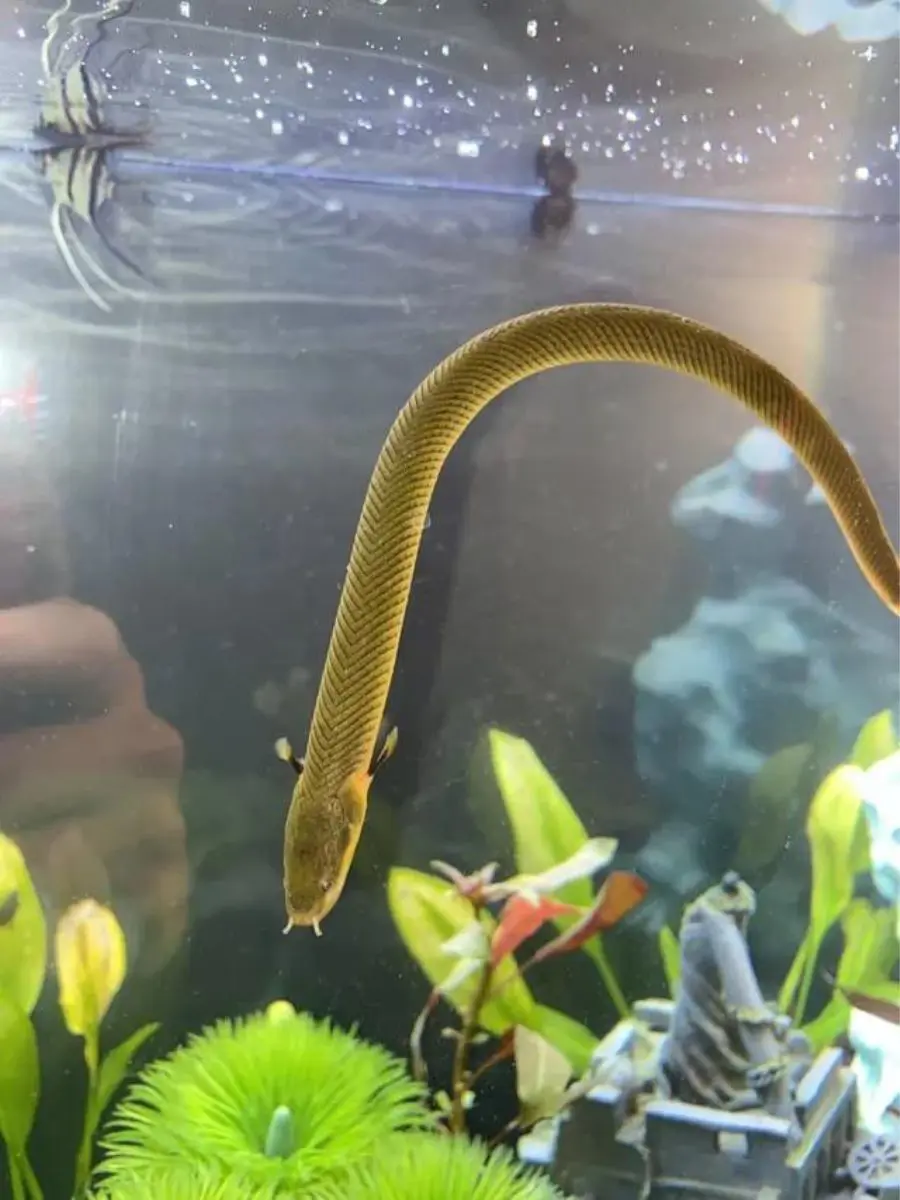
There are many diseases that rope fish can be exposed to, each of which affects their health accordingly. Common is Ichthyophthirius, most commonly referred to as Ich, representing a case of the presence of parasitic white cysts everywhere on the skin and gills. Quick breathing, flashing on objects, and general lethargy characterize fish infected with the disease.
Granular, haunted fins are the nature of the bacterial disease of fin rot. More often than not, its origin is related to wounds or poor water quality and thus can be held in check by appropriate antibacterial treatments and an improvement in cleanliness and quality with respect to the water source in question.
Another hazardous condition is dropsy. In this case, the body of the fish grows due to fluid retention. Either infections or some underlying kidney disease usually cause it. The second symptoms are focused on a bloated body cavity and protruding scales. Usually, treatment is medicated against, and the originating cause is treated.
Rope Fish can also be infested with internal parasites that can cause weight reduction and digestion problems in rope fish. Changes in eating behavior, either skinny or bloated, serve as symptoms. These need to be treated with anti-parasitic medicine, as well as the maintenance of the tank on a regular basis.
Rope Fish Tankmates
Generally, rope fish are quite peaceful and can be kept with other varieties of fish in a tank, provided those fish are not very aggressive and require the same type of care. Some good examples of tankmates for rope fish are shown below.
Community Fish
However, rope fish will do very well in a community aquarium with species like guppies, rasboras, and tetras. Due to their small size and even non-aggressive nature, rope fish are easy on them. They will make good companions in a well-maintained aquarium since they are peaceful and have comparable maintenance requirements.
Catfish
Plecostomus and Corydoras are catfish species that peacefully cohabitate with rope fish. They make very good tankmates, as they are gentle and not aggressive at all. They also create a clean environment, which is healthy for the rope fish, by cleaning up the leftover food from the bottom of the aquarium.
Loaches
Rope fish can be kept with most types of loaches, especially the Clown Loach and the Kuhli Loach. All are bottom dwellers; thus, they seem to get on very well with each other, as their environmental requirements are indeed similar. Their friendly nature and gentle behavior toward each other definitely make them compatible in a well-maintained aquarium.
Other Eel-like Fish
One reason rope fish have been known to coexist harmoniously with species like the Spiny Eel and Elephant Nose is that all these species have similar habitat requirements. They make good companions since they are not aggressive and have identical environmental requirements; thus, they do well in an aquarium.
Species to Be Avoided
Avoid other aggressive tankmates like cichlids, which are known to bully rope fish. It would be best if you also avoided small fish that can be mistaken for food, like neon tetras, or those that could be fin-nippers like some of the barbs. Such fish, especially, have a good chance of disrupting the peace of a rope fish aquarium by either stressing or directly hurting your fish.
Seasonal Changes And Their Influence
Seasonal changes play a great part in the behavior and health of rope fish. So, with seasonal changes in light and temperature, they can suffer from an imbalance in their stable environment, which negatively affects their health. In an aquarium, such special fish require a quite stable environment for long-term health and comfort, with vigilance and surveillance of seasonal influences.
Temperature Fluctuations
The temperature of your aquarium water will, in many regions, fluctuate seasonally with those temperature variations. A well-sustained 72°F to 82°F constant temperature is very good for rope fish growth. Continuous sudden changes in temperature bring stress upon fish, gradually resulting in weak immunity and prone to diseases. Install a good aquarium heater and equip it with a thermometer to keep your aquarium water temperature constant in all circumstances. Additionally, avoid exposing the tank to drastic temperature swings.
Light Cycles
The lighting differences in the tank, compared to natural differences in any conditions outside, will be registered with any changes in activities and the reactions of rope fish. Since rope fish are nocturnal and prefer low light, keeping the lighting settings of a tank to mimic the day-night cycle will keep that continuity in their natural rhythms, thus minimizing stress.
Water Quality
Routine testing of the water will forestall many problems associated with keeping fish, especially with rising temperatures that create the need for heaters and filters. One will foresee whatever problem has to do with water quality. By observation, one is able to hold the rope fish's environment steady, hence guarding probable health problems and promoting general well-being.
Behavioral Observations
The rope fish will alter their activity with the seasons, so they will not be as active during winter months and most often hidden. Their activity increases with the warmer months, of course, though temperature swings can prove stressful. A stable light cycle and water temperature year-round help promote the natural behaviors of the fish and lower their stress levels.
Ensuring Long-Term Health

Taking good care of rope fish over time requires much attention. It keeps them in frequent water changes to rid them of toxins and maintain optimal water quality; strive to perform a weekly shift of 20–30%. Check on the status of water regularly to avoid stressing them by looking at variables like temperature, pH, and ammonia levels, and adjust accordingly.
Feed your rope fish a varied diet of live, frozen, and premium pellet foods. This will keep him healthy and in good shape. Just take care not to feed too much at a time, which can cause health problems and water-quality issues. If possible, do medication for his health issues and consult a fish vet when necessary. These shall keep your rope fish healthy and fit inside its aquatic habitat.
Provide a clean, well-maintained tank with appropriate places to hide and low-flow filtration as one means to reduce the stress level. Be sure the fish's tank is cleaned regularly and monitor him for any unusual behavior or any signs of illness
Top Lists

